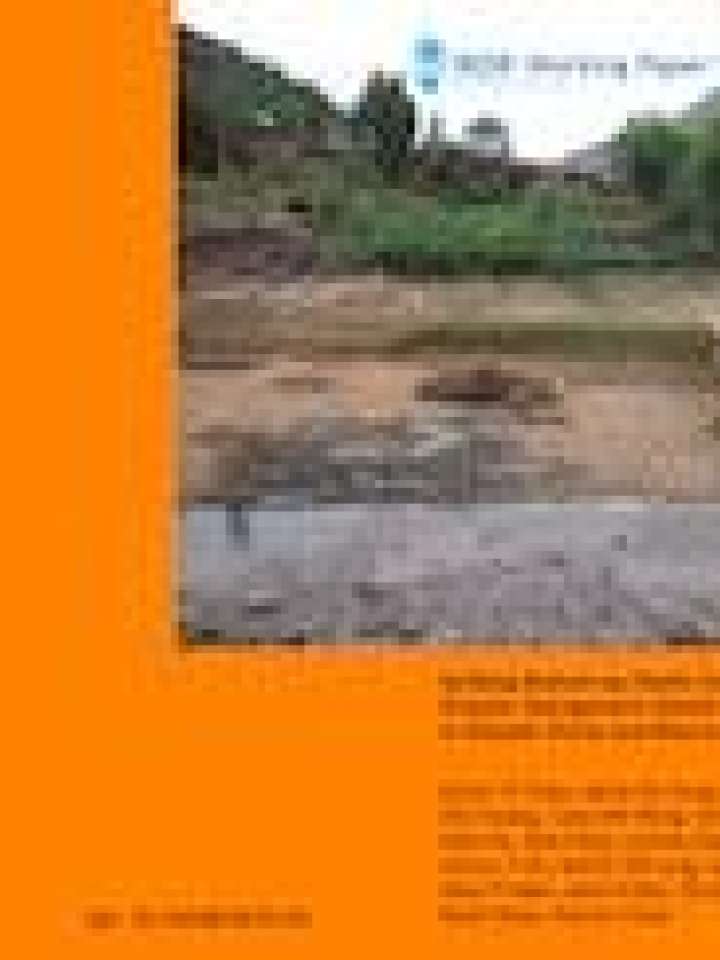Building bottom-up health emergency and disaster management (Health-EDRM) programs in disaster prone and resource deficit context
Adopting and implementing field-based bottom-up approaches in Health Emergency and Disaster Risk Management (Health-EDRM) programs may reduce disaster risks, maximize resilience and minimize adverse health impacts in resource deficit, disaster prone, remote and rural communities. Ma’an Qiao Village, an ethnic Dai and Yi minority-based community in Sichuan province, the People’s Republic of China, sustained major infrastructure devastation in the 2008 Panzhihua Earthquake. A multidisciplinary-based Health-EDRM intervention program was implemented by a collaborative effort among academic, governmental, non-governmental agencies and local communities between 2009-2018.
This working paper summarizes the key results and lessons learnt in disaster risk reduction in health during this nine year Health-EDRM program. Among many of its reported impacts, knowledge increases and behaviour changes were found to be statistically significant in the immediate post-disaster intervention in terms of proper hand-washing technique, anti-indoor smoking, non-communicable diseases, waste management, Oral Rehydration Solution (ORS) preparation and disaster bag preparedness. Nine years after the initial intervention, temporal stability was also reported in knowledge retention of most areas of disaster risks awareness, health beliefs and practices, especially in household hygiene and waste management. The report also discusses various challenges to tackle to achieve program effectiveness for implementing disaster health promotion and disaster risk education in a rural, transitional and developing context.
Explore further
